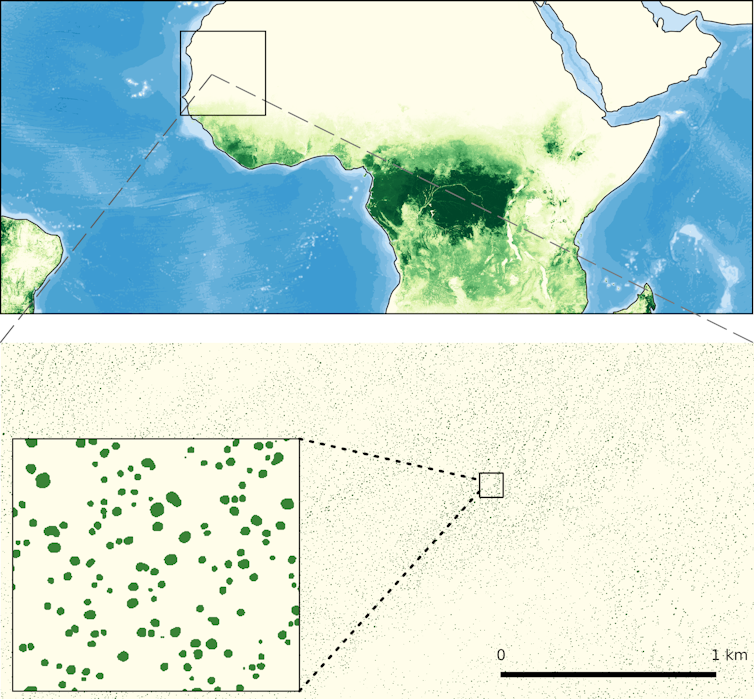Policy Brief by Jill Dixon et al: ” Modern public administrations face a wider range of challenges than in the past, from designing effective social services that help vulnerable citizens to regulating data sharing between banks and fintech startups to ensure competition and growth to mainstreaming gender policies effectively across the departments of a large public administration.
These very different goals have one thing in common. To be solved, they require collaboration with other entities – citizens, companies and other public administrations and departments. The buy-in of these entities is the factor determining success or failure in achieving the goals. To help resolve this problem, social scientists, researchers and students of public administration have devised several novel tools, some of which draw heavily on the most advanced management thinking of the last decade.
First and foremost is co-creation – an awkward sounding word for a relatively simple idea: the notion that better services can be designed and delivered by listening to users, by creating feedback loops where their success (or failure) can be studied, by frequently innovating and iterating incremental improvements through small-scale experimentation so they can deliver large-scale learnings and by ultimately involving users themselves in designing the way these services can be made most effective and best be delivered.
Co-creation tools and methods provide a structured manner for involving users, thereby maximising the probability of satisfaction, buy-in and adoption. As such, co-creation is not a digital tool; it is a governance tool. There is little doubt that working with citizens in re-designing the online service for school registration will boost the usefulness and effectiveness of the service. And failing to do so will result in yet another digital service struggling to gain adoption….(More)”

